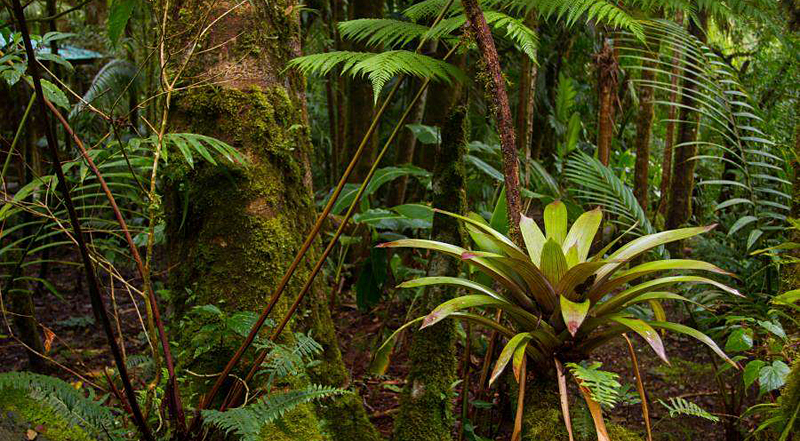
Acre for acre, natural rainforests contain more biological diversity than any other place on earth, both plants and animals. The rainforest is the likely mother of us all.
Only a small fraction of the many rainforest species are identified, yet modern civilization is systematically destroying the planet’s rainforests, exploiting its timber and clearing land for cattle farming. The loss of species’ diversity reduces a unique gene pool essential to long-term survival, but in addition deprives us of the opportunity to discover new medicines and substances that we’ll need to survive our changing climate.
Disease vectors are changing alongside climate zones. A globalized transportation system spreads organisms and infection worldwide, introducing new diseases into populations with little immunity. Illnesses such as West Nile Virus are now spreading throughout North America, and it’s likely that other diseases, many more dangerous, will gain a foothold in years to come. Winters that are milder have extended the range of mosquitoes and other insects, and this brings parasites to areas that were previously off-limits.
In addition to the extinction of animals and plants, the march of civilization has also eliminated many indigenous native cultures, as well as their extensive knowledge of plants and animals. This loss is incalculable; in many cases such knowledge is the accumulation of untold hundreds, even thousands of years; this experience cannot be duplicated.
While we stand in awe of modern medicine and expect that technology will provide, we lose sight of the role that plant-based medicine has played, and continues to play, in health care. Many of the drugs and medicines we hold dear revealed their benefits to native people, who in later contact with modern society shared their understanding and use. Packaged, labeled, promoted and sold, many of today’s medical remedies owe their existence to the knowledge of indigenous healers, not laboratory science. Prone as we are to not only forget but ignore our history, perhaps a short list will be found interesting.
Aspirin: Derived from the bark of a species of willow tree; records of its use stretch back 2,000 years.
Quinine: From the Cinchona tree; used by the native people of Peru, Europeans used it to treat malaria as early as 1600.
Menthol: Derived from the peppermint plant and first used in the west in 1771 and much earlier in Japan; used topically to soothe pain and irritation.
Morphine: The most abundant alkaloid found in the resinous sap of Papaver somniferum, or Opium Poppy of Asia; used for thousands of years by healers to prevent severe pain.
Colchicine: Derived from the the autumn crocus and used in treatment for rheumatism and swelling as early as 1500 B.C. in Egypt; today used for treating gout.
Reserpine: An antihypertensive drug isolated from Indian snakeroot, used for centuries in India.
This list could go on for many pages. Plant-based medicine forms the foundation of human health care, beginning millenia before the FDA, despite our modern disposition to dismiss primitive culture.
All people suffer, and the relief of suffering is a natural and compassionate response to others. The many who came before us tasted, tested, injested, smeared, and rubbed their way into understanding which plants were most helpful. Undoubtedly, many died as a result of their curiosity and experimentation. We owe a debt of gratitude to our healer-ancestors, in their own ways the scientists of their time.
Take a moment to think about that the next time you pop an aspirin.